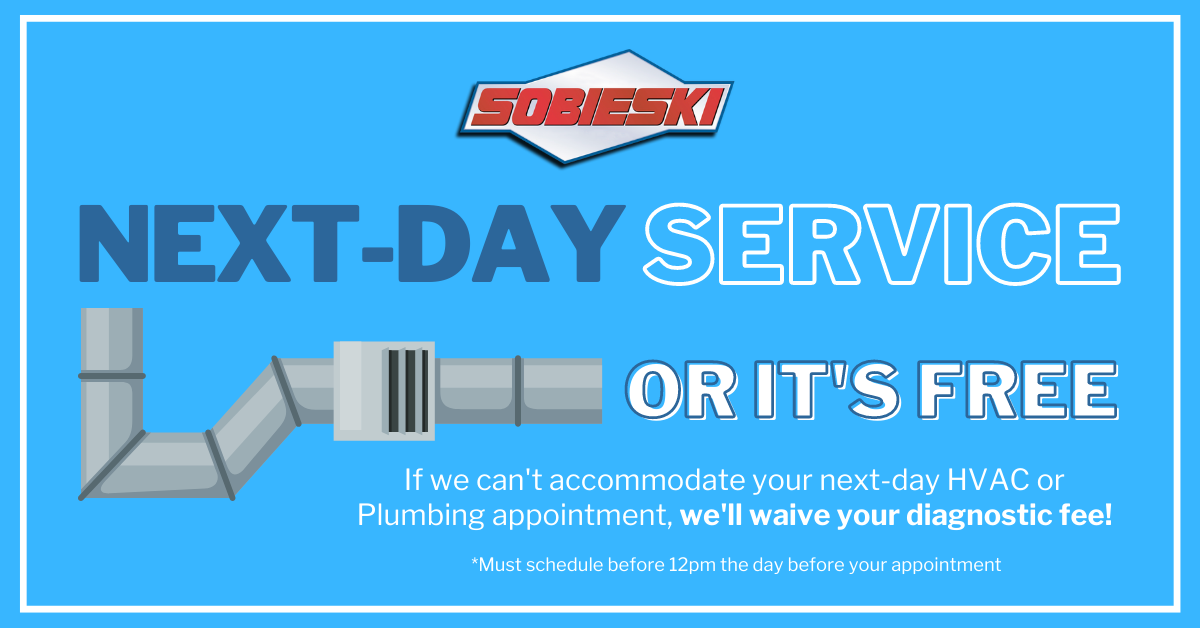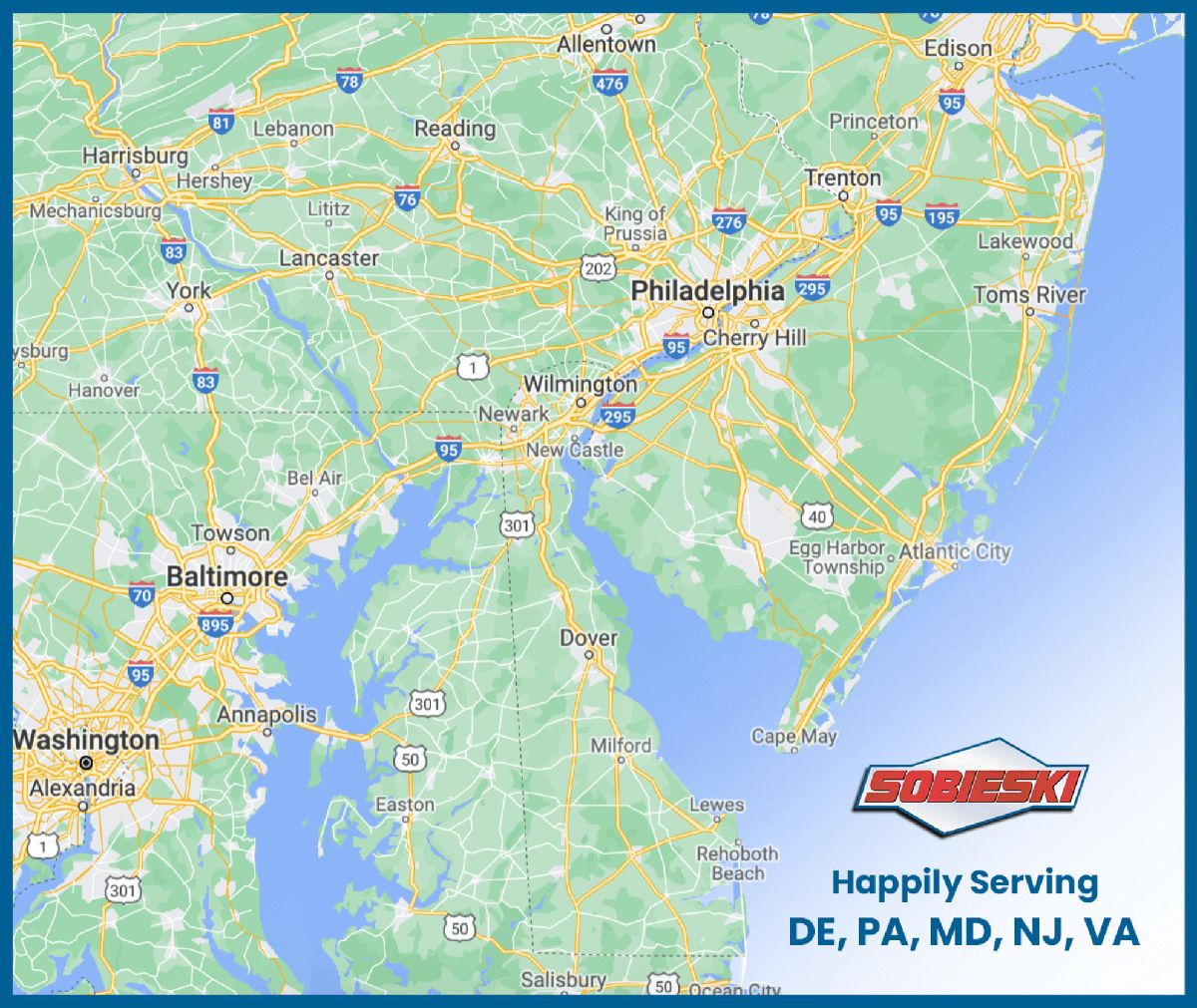A Brief Security Guide for Commercial Buildings
In the modern sociopolitical climate, building security remains a top priority for owners and managers. Petty crime, such as vandalism and theft, is always a major concern. The following brief security guide for commercial buildings will help you devise a workable security plan and implement procedures that will keep your commercial building and its occupants safe.
The Need for Commercial Building Security
Commercial buildings, like office buildings, apartments, condominiums, retail establishments and self-storage facilities, regularly have many people entering and exiting, making it difficult to monitor every individual coming in and out. This means that people with ill intent may be able to gain access to important areas of the structure, such as interior offices, loading docks, maintenance areas, material storage rooms and other dwelling places. Effective security means keeping these people out of commercial areas.
Developing a Security Plan
A security plan is essential to identify and correct weaknesses in your commercial building’s security, while establishing procedures occupants can follow in the case of an actual security breach. The three major steps to creating a security plan are:
- Assessing your facility, its strengths and its vulnerabilities. Look for areas where it could be easy for someone to get through a door or window, where someone could hide, or where locks and barred windows can be added or improved upon.
- Forming a planning team to address issues discovered during the assessment. Designate some members of your management staff to analyze the assessment and come up with plans for correcting any problems that are discovered.
- Focusing on correcting vulnerabilities first, then giving attention to other improvements. Focus your attention on fixing vulnerabilities and boosting security in those areas. If time and resources are still available, then move on to fixing other issues found during the assessment.
Common Vulnerabilities in a Commercial Building
- A security guide for commercial buildings would be incomplete without some specifics on potentially vulnerable areas.
- Inadequate perimeter security, such as a lack of fences or security cameras.
- Weak building structures, such as a lack of blast-resistant or fire-resistant glass or weak doors and windows.
- Insufficient vehicular control, including traffic and parking patterns that allow vehicles to get close to the building.
- Lack of security personnel and limited physical security near HVAC systems, in mail rooms, on loading docks, at shipping and receiving areas, as well as food supply and delivery areas.
- Insufficient or delayed response times from emergency personnel, such as police and fire departments.
Some ways to boost your commercial building security, include:
- Establish emergency procedures to follow in case of a security breach. These can include fire emergencies, active shooters and potential terrorist attacks. Make sure your tenants know these procedures and how to follow them.
Make sure all employees and authorized personnel carry a photo identification card. Ensure visitors sign in and out of your building as appropriate and are issued a temporary ID during their visit. - Install fences, concrete walls, window protection, traffic barriers and other measures to prevent unauthorized access.
- Install video surveillance systems and ensure adequate lighting.
- Install alarms and detectors as appropriate.
- Ensure employees, residents and tenants know that they should report on, such as any suspicious activity or persons on the premises. Make sure they know who to make these reports to and that they should not engage with or confront suspicious individuals.
Our goal is to help educate our customers about Plumbing, HVACR, Fire Protection, and Alarm Systems in Mechanical, Commercial, and Residential settings. For more information to add to your security guide for commercial buildings, and to view projects we’ve worked on, visit our website!







